

The lab has done a lot of research work around medical inspection, from microscopic cell detection to macroscopic lung function detection, and independently developed electrical impedance imaging equipment for different applications. The research directions are roughly classified as follows:
1. Precise electrical impedance detection of tumor cells
At present, malignant tumors have become the second leading cause of death in our country, and the invasion and metastasis capabilities of tumor cells are the main reason for the high mortality rate of tumors. Among them, circulating tumor cells refer to malignant tumor cells that fall off from the primary tumor or metastasis, undergo epithelial-mesenchymal transition and enter the peripheral blood circulation. Clinical studies have found that: when the tumor is 1 to 2 mm (not seen on imaging examination), circulating tumor cells can appear early. Therefore, circulating tumor cells are considered to be a necessary prerequisite for the occurrence of distant tumor metastasis, and their accurate counting and molecular markers play an important role in guiding the prognosis of tumor patients, evaluation of curative effects, and individualized treatment. To assist clinical applications, the precise detection technology of tumor cells has become an important research field.
Electrical impedance detection method In the process of cell detection, multi-frequency excitation bioimpedance spectroscopy (BIS) technology is often used to identify the electrical characteristics of each component in the cell solution. However, in the detection process of high-throughput cell populations, due to uncertain factors such as cell location, size, and type, problems such as incomplete characterization of cell electrical characteristic parameters and detection accuracy are easily affected by cell location. This project makes full use of the previous research foundation in the field of microfluidics, and proposes a precise electrical impedance detection method that compensates each other for electrical impedance tomography (EIT) and biological impedance spectroscopy (BIS) to achieve high-throughput accurate detection of tumor cells. First, establish a three-dimensional electrical model of the cell in the solution and electric field environment, analyze the electrical characteristics of the cell and the key parameters that affect the accuracy of electrical impedance detection; second, obtain the cell position qualitatively according to EIT to compensate for the detection data of the BIS; finally, extract the EIT image feature as the BIS The supplement of electrical features, the establishment of a complete feature set, the use of machine learning models to determine the type, size and number of cells, and the use of this information to further correct the EIT image, and finally achieve accurate imaging of tumor cells. This study is expected to greatly improve the accuracy and speed of tumor cell detection, and is of great significance for early detection and early treatment of cancer.
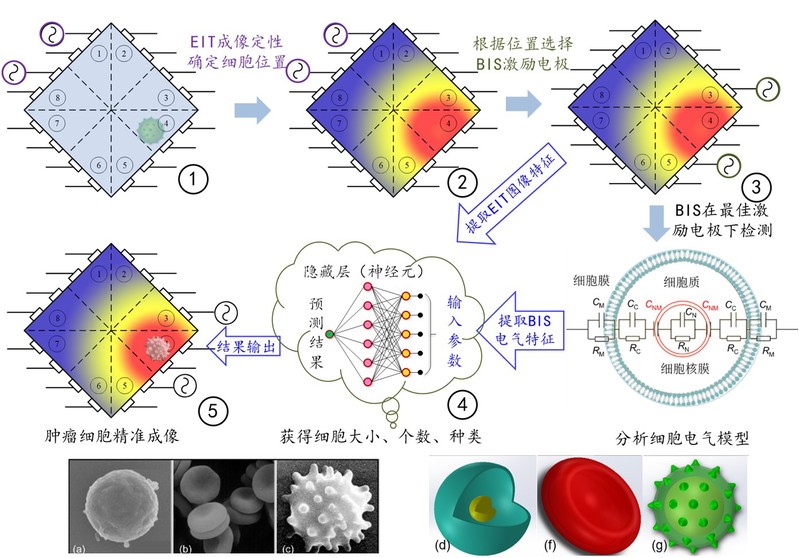
FIG. 1 Precise electrical impedance detection method for tumor cells
[National Natural Science Gold Project: 62071224, 51706098]
2. Thrombus detection in the extracorporeal circulation system
When the human circulatory system is abnormal, it is necessary to use a portable extracorporeal circulation device, such as a left ventricular assist device (LVAD) to assist the normal circulation of the human body. Although the materials of the circulatory system have a certain degree of biocompatibility, the probability of thrombosis during cardiopulmonary bypass is still much higher than that of normal circulation. Thrombus enters the human body with the blood circulation, causing serious damage to the human body and even death of the patient. Patients who must wear LVAD currently need to take anticoagulants until the end of treatment. High-dose anticoagulants are harmful to health, but it is difficult to control the dose without feedback. There is an urgent need for an online method of detecting flow thrombus. This research develops a thrombus electrical impedance detection system in the extracorporeal circulation system.
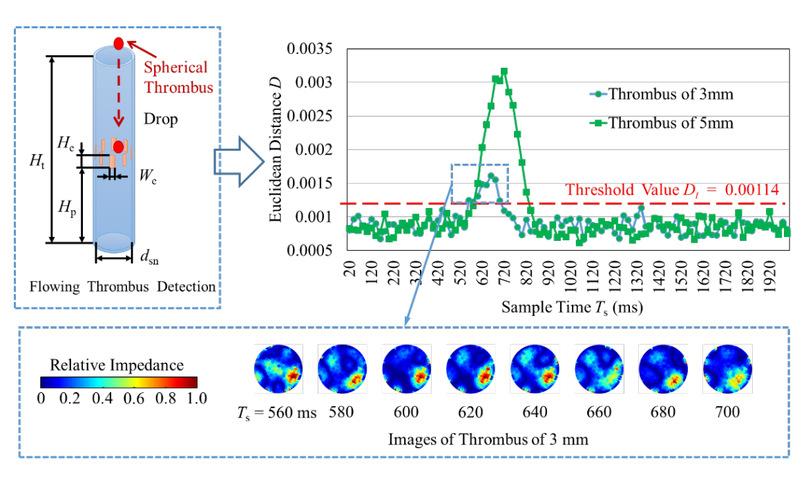
FIG. 2 Application of electrical impedance imaging in thrombus detection
3. Lung function assessment and testing
Lung function is the basic function necessary to maintain life. It generally refers to the sum of lung ventilation and ventilation. It is often referred to as respiratory function together with lung blood flow and respiratory dynamics. It is mainly responsible for taking in oxygen from the external environment and expelling metabolism. Of carbon dioxide.
There are many diseases that cause lung damage. Acute lung injury (ALI) or acute respiratory distress syndrome (ARDS) accounts for a quarter of acute respiratory failure events, and the common clinical manifestations are difficult to correct. Hypoxemia and lung compliance decreased, and the mortality rate was as high as 75%. Corona virus pneumonia (Corona virus disease-19, COVID-19) is a severely contagious disease in the global pandemic recently. It often causes clinical manifestations such as shortness of breath, chest tightness, and dyspnea. Similar manifestations, such as progressive hypoxemia, lactic acidemia, and multiple organ dysfunction syndrome; chronic obstructive pulmonary disease (COPD) is a characteristic of airflow limitation and progressive development As the disease progresses, hypoxemia and hypercapnia occur, which can lead to remodeling of lung tissue, and pulmonary heart disease, which is the fourth most important public health problem in the world. The prevalence of people over 40 years old is as high as 8.2%. In addition to the respiratory system disease itself, the influence of blood circulatory system disease on lung function is also a common clinical cause, such as cardiac insufficiency pulmonary edema caused by various reasons, and the imbalance of ventilation blood flow. Because the clinical manifestations are similar, it is often difficult Rapid identification, thus affecting clinical treatment. How to find suitable targets among the various causes that affect the blood oxygen level, and to evaluate and treat patients in a timely manner is a problem that many scholars are concerned about. This direction focuses on the above problems and studies the methods of evaluating lung function.
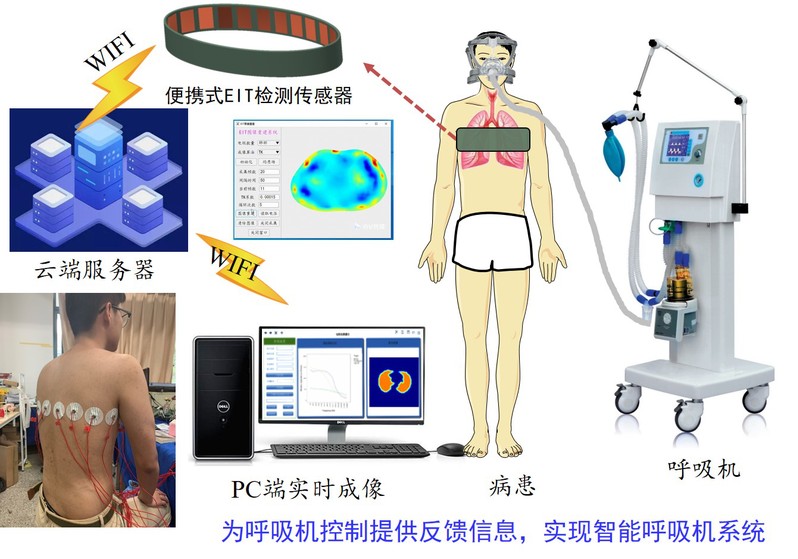
FIG. 3 Application of electrical impedance imaging in lung function assessment
4. Development of electrical impedance tomography system
In order to meet the above research needs, electrical impedance tomography system, independently develop hardware, software, sensors and other modules, and extend the system to 3D teeth detection, gesture recognition, cerebral hemorrhage, intra-abdominal hemorrhage, fractures, medical rehabilitation detection, etc.
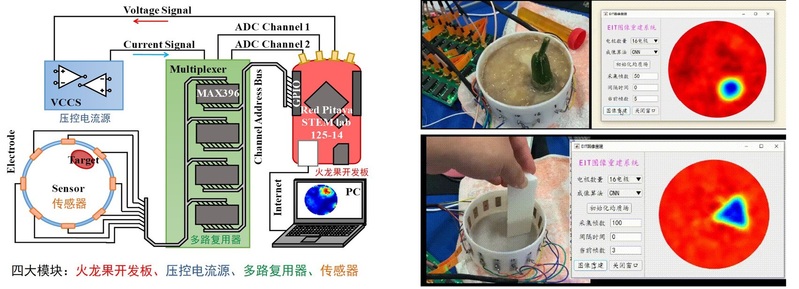
Figure 4 Electrical impedance Imaging System Figure 5 Electrical impedance Imaging system laboratory imaging results

FIG. 6 Application planning of electrical impedance imaging system in human body detection
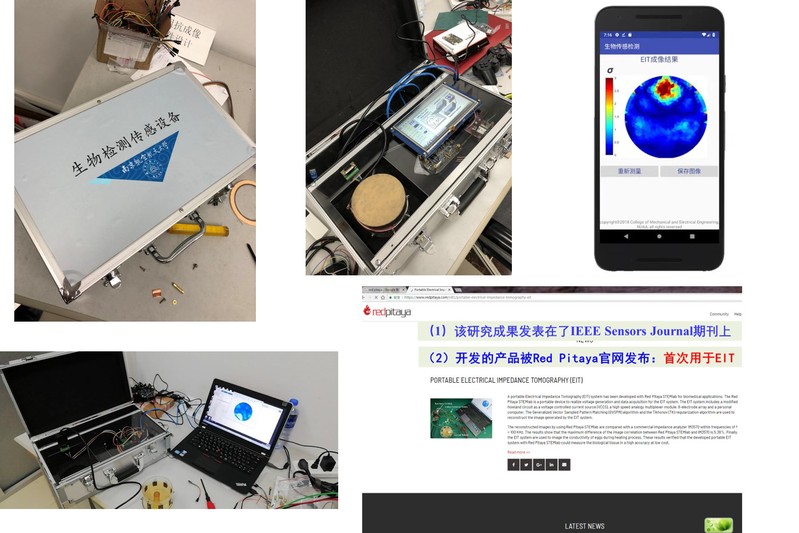
FIG. 7 Laboratory prototype of electrical impedance Imaging syste